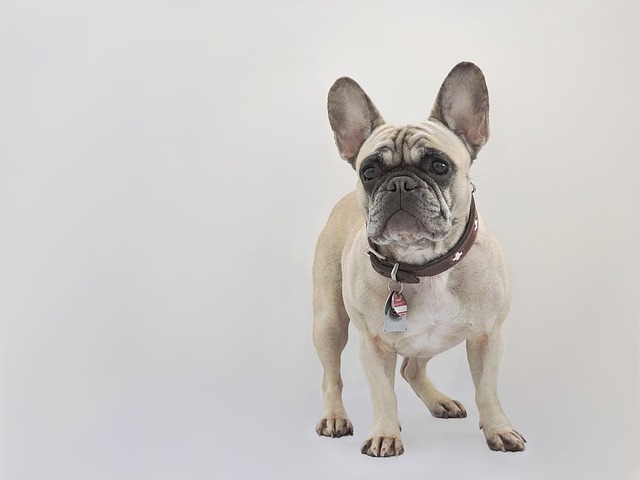
How can I tell if my dog's heatstroke is serious
Let’s be real: It’s a sticky August morning in Los Angeles, and you took your 2-year-old Golden Retriever, Max, for a walk a little later than usual
Skipping your dog’s teeth brushing might seem like a small shortcut, but it starts a chain reaction most owners don’t see until it’s too late. Plaque builds up within days, hardening into tartar that irritates the gums—this is the early stage of periodontal disease, which affects over 80% of dogs by age three. What many don’t realize is that this isn’t just about bad breath; the bacteria from infected gums can enter the bloodstream, damaging organs like the kidneys and heart over time.
In places where pet welfare laws are strict, neglecting dental care could even raise red flags—some regions require owners to provide "adequate healthcare," which includes preventing painful conditions like advanced gum disease. Veterinarians often cite dental issues as one of the top reasons dogs need emergency care, and treatments like tooth extractions or deep cleanings can be costly, especially if the disease has spread. It’s not just a legal or financial concern, though; a dog with a sore mouth will stop eating regularly, leading to weight loss and a lower quality of life.
 Incorporating teeth brushing into your routine doesn’t have to be a fight—many dogs get used to the process when introduced slowly with flavored toothpaste made for pets. Unlike human toothpaste, these products are safe if swallowed and come in tastes like chicken or beef that most dogs enjoy. Some owners also use dental chews or water additives as supplements, but these shouldn’t replace brushing, which is the only way to remove plaque from along the gumline effectively.
Incorporating teeth brushing into your routine doesn’t have to be a fight—many dogs get used to the process when introduced slowly with flavored toothpaste made for pets. Unlike human toothpaste, these products are safe if swallowed and come in tastes like chicken or beef that most dogs enjoy. Some owners also use dental chews or water additives as supplements, but these shouldn’t replace brushing, which is the only way to remove plaque from along the gumline effectively.
If you’ve never brushed your dog’s teeth before, start by letting them sniff and lick the toothbrush and toothpaste first. Gently lift their lips and brush in small circular motions, focusing on the back teeth where tartar builds up the most. Aim for just 30 seconds a day at first—consistency matters more than length, and over time, your dog will likely relax during the process. Checking their mouth regularly for red, swollen gums or yellow tartar can also help catch issues early, before they turn into serious health problems.
Neglecting your dog’s dental health isn’t a harmless choice—it’s a risk to their long-term well-being and can even lead to avoidable trips to the vet. By making brushing a simple part of your daily routine, you’re not just keeping their breath fresh; you’re protecting their organs, preventing pain, and ensuring they stay happy and healthy for years to come. Plus, it’s a small way to show them the care they deserve, and most dogs come to enjoy the one-on-one attention.

Let’s be real: It’s a sticky August morning in Los Angeles, and you took your 2-year-old Golden Retriever, Max, for a walk a little later than usual

You're enjoying a summer afternoon at the park when you notice your dog has stopped panting and appears disoriented - their gums are bright red

Let’s paint the picture: You’re in your Denver apartment, watching your 4-year-old Boston Terrier, Ruby, plop down mid-play session with her favorite toy

Many dog owners notice their pets nails seem shorter after regular walks,but how much does this daily activity actually help?The answer depends on where you walk—concrete sidewalks or asphalt streets gently file nails as a dog's paws hit the ground

Most dog owners notice their pup scooting across the carpet at some point, but few connect it to impacted anal glands. These small sacs near a dog’s rectum secrete a scent for marking territory

Most vets agree that regular dog teeth cleaning is key to avoiding painful dental issues later. For healthy adult dogs, a professional cleaning at the vet’s office every 12 to 18 months usually works well.